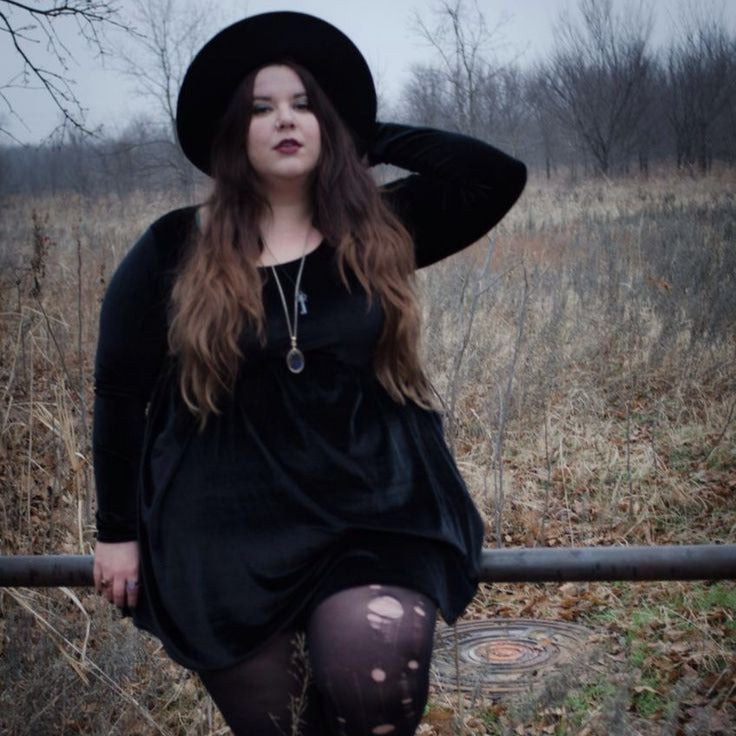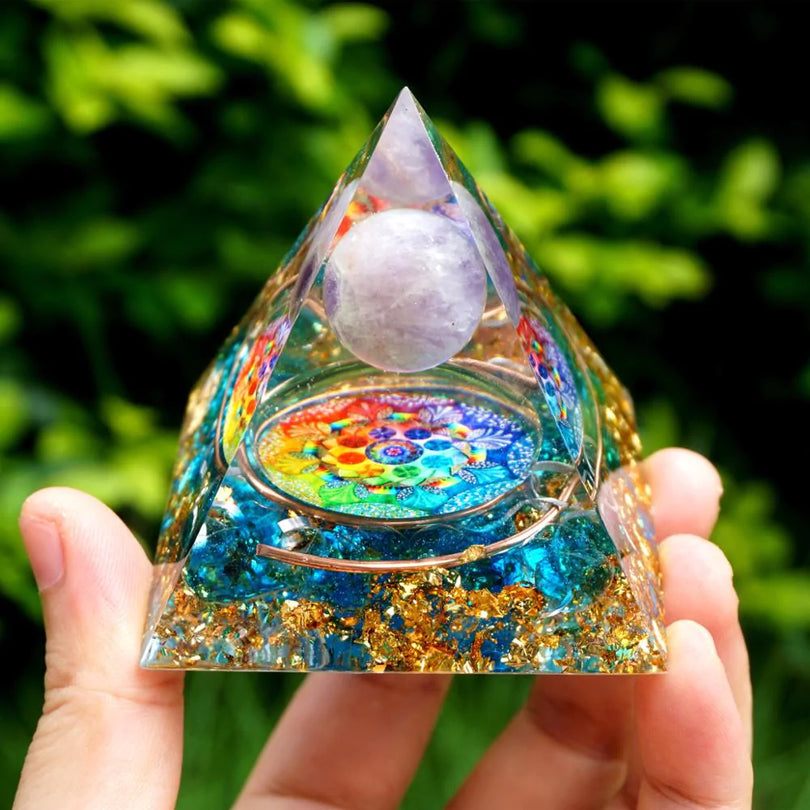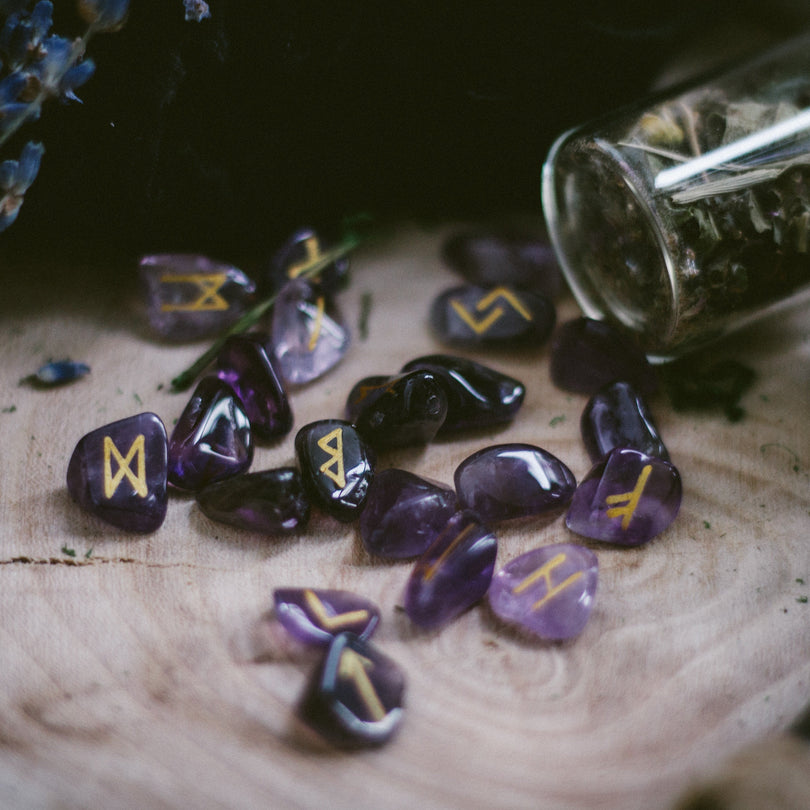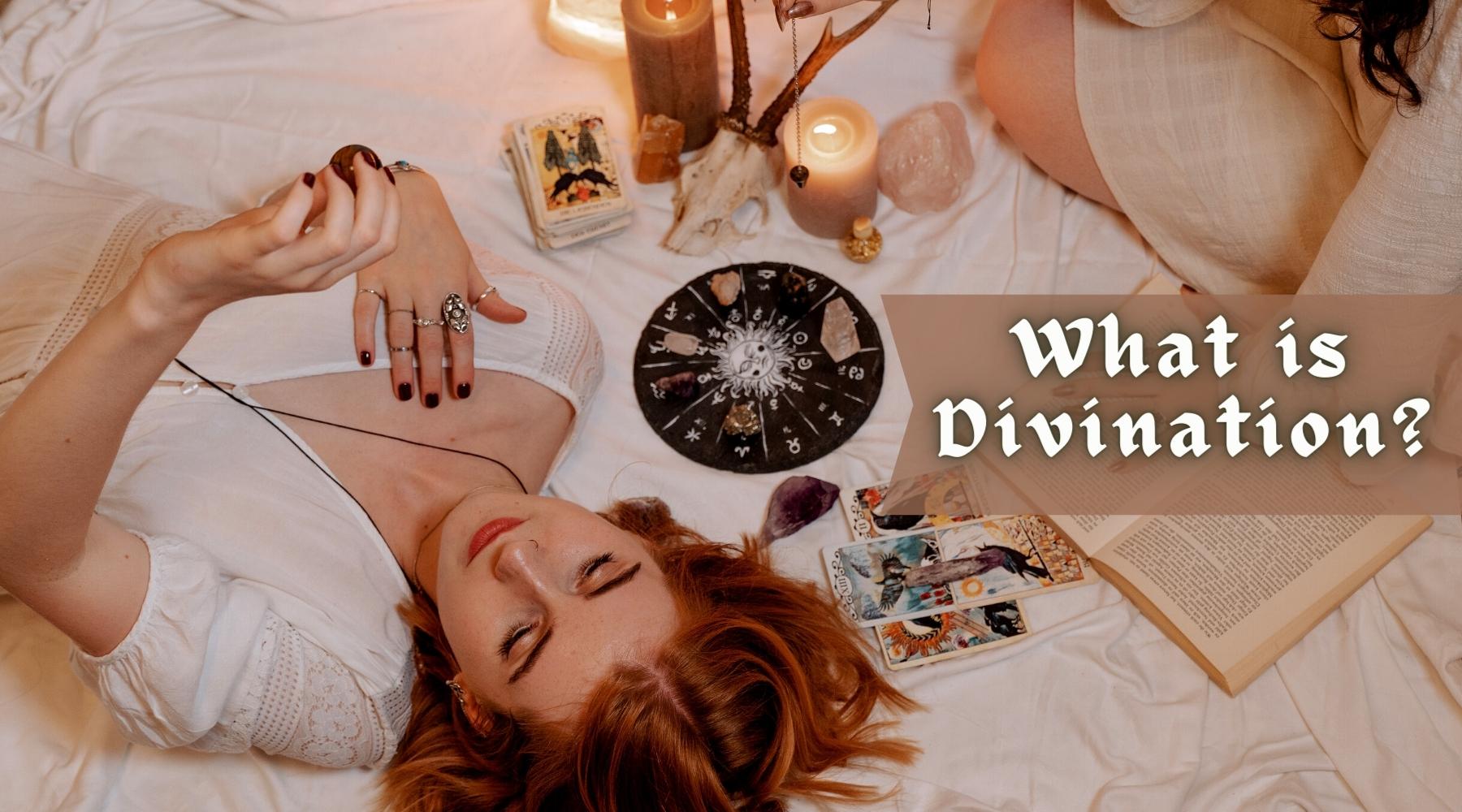During the infamous witch persecutions that happened across Europe and America between 1450 and 1750, the members of the Church that led the inquisitions had a very clear idea of what they meant by a “witch”. These were mostly women, but sometimes men, who had entered into pacts with the devil and his servants.
But the term “witch” has been used to refer to many different types of people across the centuries. In the Viking age, Norse witches were principally seeresses who could also detect negative energies that might be affecting a household or community. In the Greco-Roman world, witches and magicians were again principally diviners. In ancient Egypt, they wrote down spells to heal or remove hexes. In early medieval Europe, they were often wise women and healers who provided alternative medical care.

In the modern world, when someone refers to themselves as a witch, it could mean various things. Witchcraft is a very open practice, and you do not need to fit into a specific mold. That said, the witchcraft community has coined some terms to help define the different types of witches. Below is a list of some of the most common types of witches.
Coven Witch
A coven witch is a practitioner who is a member of a coven, which is simply a community of witches. Covens gather to teach one another and to pool their energy and power to have a greater impact on the world around them. Covens will sometimes have formal structures and admissions processes and are usually led by a high priestess or priest.
Solitary Witch
A solitary practitioner is a witch who prefers to practice on their own. Their journey of learning and self-discovery is between them and a higher power, and they may choose not to tell others about their calling and practice. Solitary practitioners choose this approach and are not simply solitary due to a lack of other witches.
Hedge Witch
Hedge witches tend to be natural witches who use the power of nature to create remedies and harness certain powers. They have great respect for nature, will often work with the elements, and tend to be knowledgeable herbalists. Hedge witches are often minimalist and practical, cutting away much of the ritual that has developed around certain magical practices.
Ceremonial Witch
Ceremonial witches actively engage in rituals and ceremonies to tap into the magic that exists within the universe. This often involved being part of an order that teaches the required rituals. The most well-known example of a ceremonial magic order is the Hermetic Order of the Golden Dawn.
Baby Witch
The term baby witch is used for someone who is just starting out on the witchcraft journey, so it is just another term for a beginner witch. Very often, baby witches have eclectic interests as they are still exploring broadly to find the type of witchcraft that they feel most connected to. There is no specific point when a person stops being a baby witch, but it is usually when they feel confident to speak authoritatively about their craft.
Eclectic Witch
Not every witch chooses to specialize in a specific area, and some continue to have a broad and eclectic practice incorporating several different traditions. These types of witches are called eclectic, and they will often mi traditions to create new rituals and approaches.
Divination Witch
Divination witches concentrate principally on seeing the future or gaining a deep understanding of the current reality to make educated inferences about the future. The method of their practice can take many different forms. They may read the Tarot, cast runestones, read palms, commune with the spiritual realm, or something else.
Cosmic Witch
Cosmic witches, also sometimes called Lunar witches, use astronomy and astrology as the basis of their craft. They are highly aware of the impact that the movement of the heavenly bodies have on the earth, especially the moon. But rather than just telling you your horoscope, they use their knowledge of these energies to affect active change in the world.
Death Witch
A death witch is another term for a necromancer, but rarely does their practice involve bringing back and controlling the dead. Witches who work as mediums and gain insight and power by asking the deceased for their assistance.
Green Witch
Green witches are very connected with nature and the elements and principally work towards healing and nurturing. They may create herbal remedies or engage in natural powers, such as the chakras, to nurture balance and alignment in the body and spirit.
Kitchen Witch
Kitchen witches are a variety of green witch, but they focus on imbuing their cooking and baking with magic, often to heal and invigorate those who eat. They use their knowledge of the magical properties of ingredients and may engage in rituals to imbue their baking with specific energies.
Energetic Witch
Energetic witches are often drawn toward the vibrations of crystals and the auras of individuals. They are good at reading, harnessing, and directing the natural energies of objects to influence the energies of individuals and situations.
Sex Witch
Sex witches use the power and clarity that comes with orgasm to push into the spiritual realm. This can be a solitary practice, or one done with others. Probably the most famous sex magic practitioner was Aleister Crowley.
Folk Witch
Folk witches tend to preserve, maintain, and recreate historic magic and ritual practices established by pre-Christian ancestors.
Hereditary Witch
Hereditary witches come from a family of witches and will inherit or learn their practice from their elders. Their family has often been the shamanic heart of a community for generations.
Innate Witch
Innate witches are individuals born with certain abilities that look like magic. These can be hereditary, but this is not always the case. The ability, whether it be mediumship or the ability to heal, can vary greatly.
Grey Witch
People will often talk about black and white witches. The idea is that black witches use their power for their own personal gain, while white witches use their power for the greater good and follow the principle of “do no harm”. Grey witches, like white witches, tend to be driven by their desire to do good in the world, but they may be willing to do curses or hexes to punish those they see as evil doers.
You can see the broad number of different ways that a person may consider themselves a witch, and this is far from a comprehensive list. Plus, not every witch will fit into one of the categories that the witchcraft community use as shorthand to communicate about their practice. So, how would you define yourself as a witch?
What to read next? What are the different branches of paganism?











